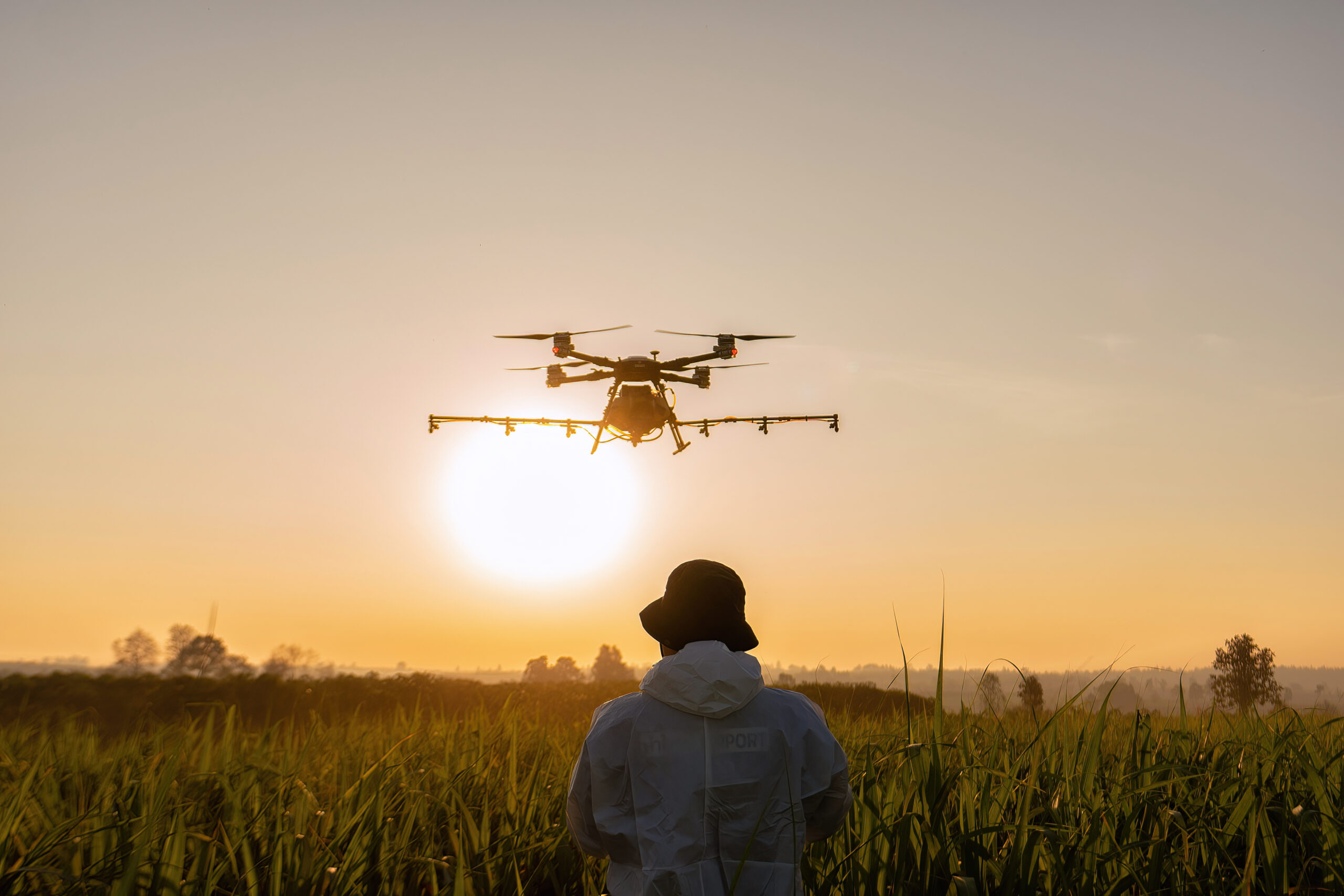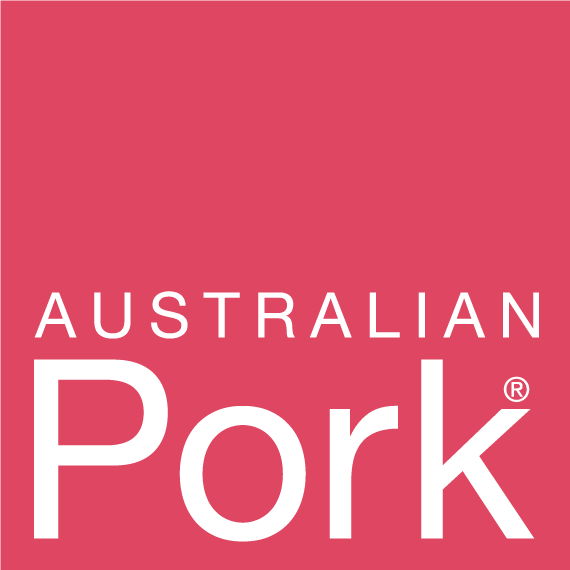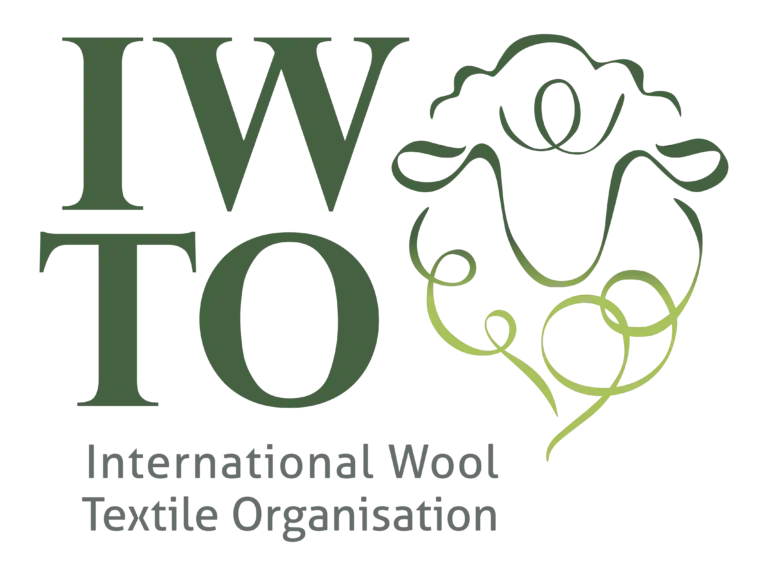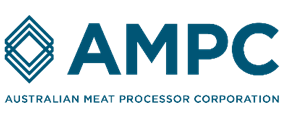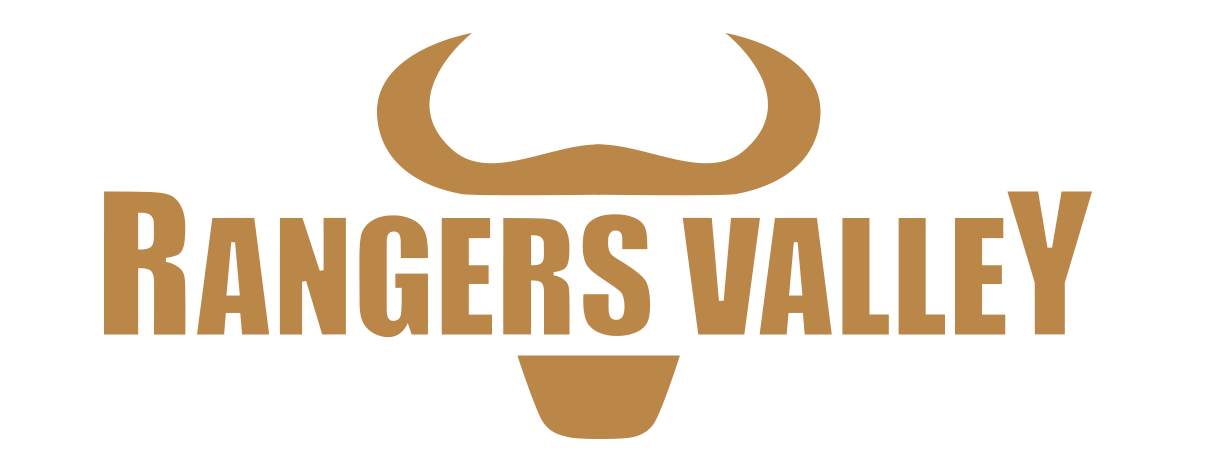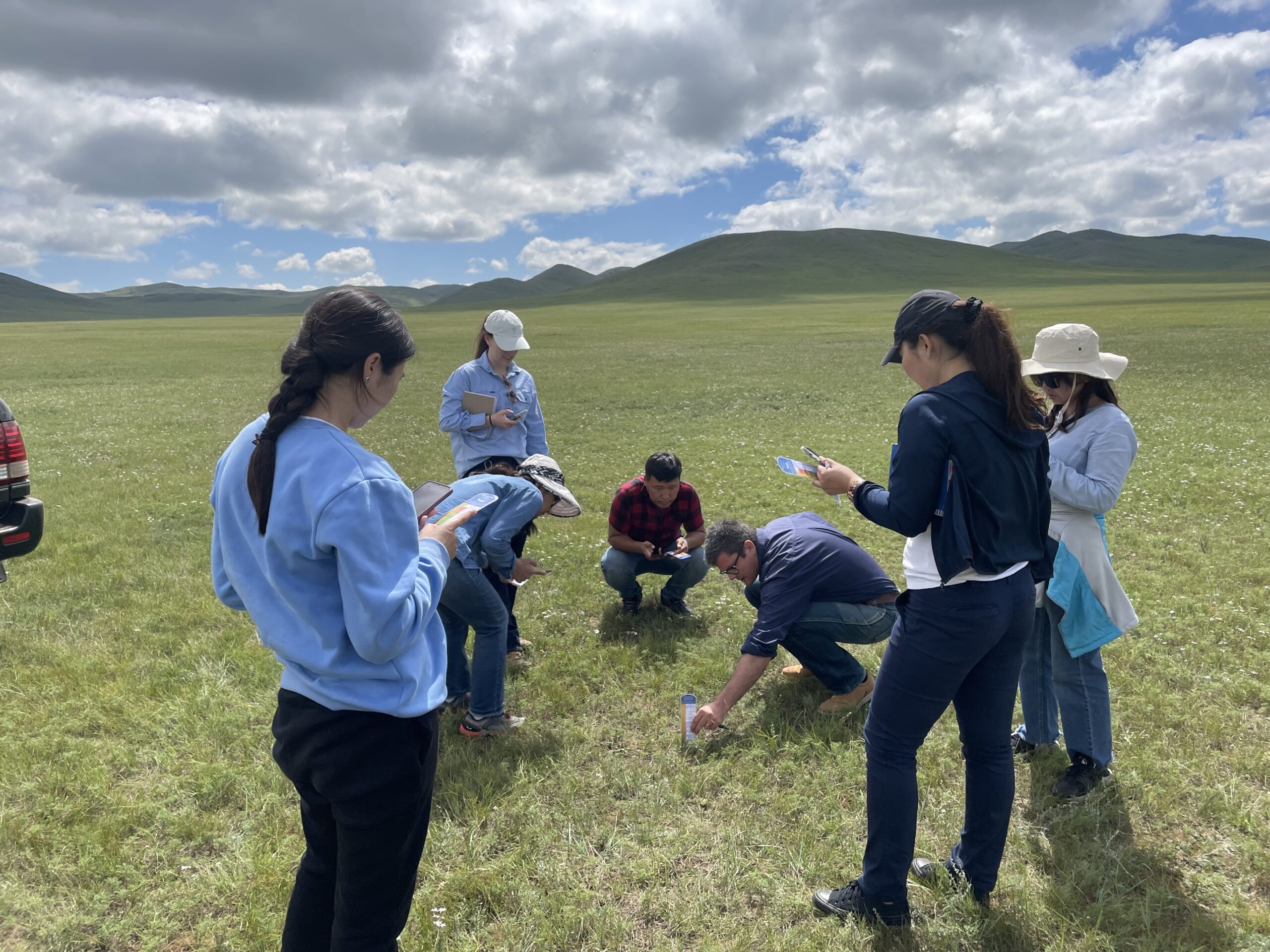
Integrity Ag started 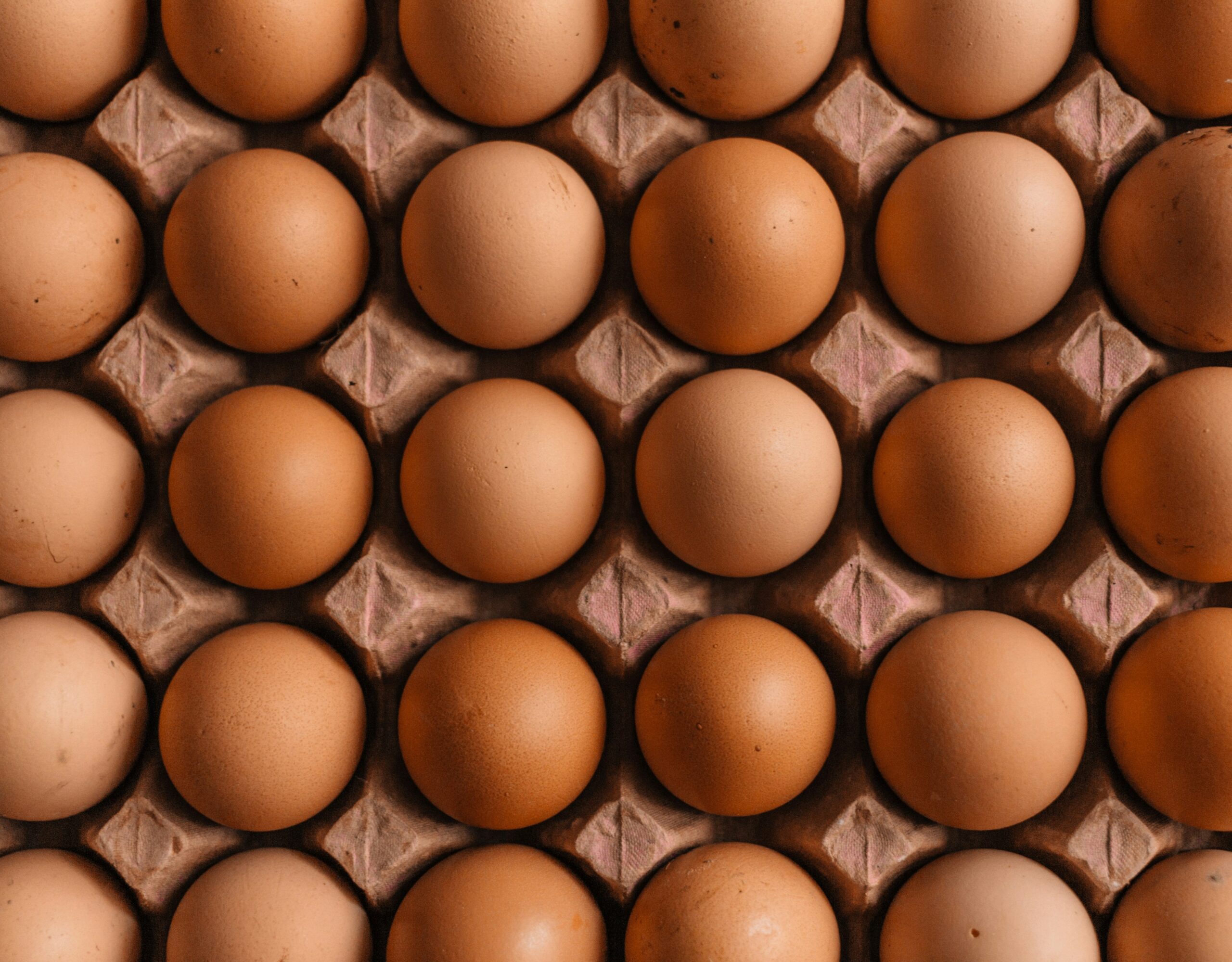 in 2016
in 2016
with a vision 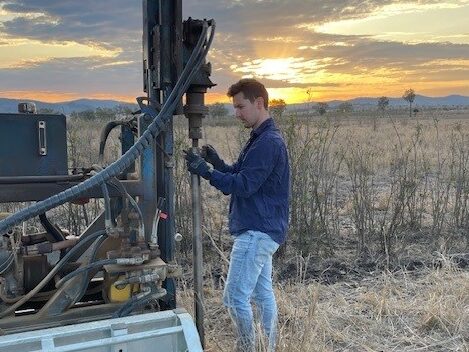 to help create
to help create
a more sustainable  agricultural future
agricultural future 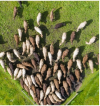 for generations to come.
for generations to come.
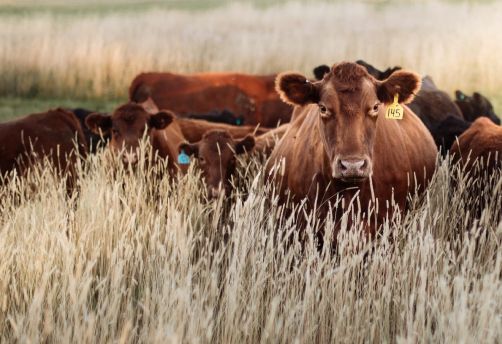
We care about the impact of environmental policy on the lives of our farmers and producers.
Our Values
We are a values driven company. Our values aren’t just nice ideas, they’re the why behind what we do, and we stand by them and incorporate them into every part of our business.
Our People
With years of combined experience in the sustainable agriculture sector, our staff are deeply committed to helping the agricultural industry overcome the challenges facing its diverse stakeholders today. Integrity Ag’s agriculture experts work with clients all over Australia and the globe.
We have a highly qualified team of agricultural and environmental researchers, engineers and consultants.
Though we have clients across the world, we remain committed to our roots.
Our goal will always be to achieve the best possible outcome for the agricultural industry and the environment, ensuring a mutually beneficial future for us all.
Careers
Join us and be part of the change.
We’re always looking for great people to join us as we innovate our way through the ever-changing conditions facing agriculture and the environment.
We see ourselves as part of agriculture and we do what we do because the people and companies we serve provide services and products that really matter (They provide the food on our tables and the clothes on our backs).
We are a growing company and welcome expressions of interest at any time. Please contact us with your resume and we will be in touch.
Giving Back
At Integrity Ag, care is one of our core values.
We strive to give back in whatever way we can. In the past, this has included partnering with organisations including:
Publications and News
Agri-Environmental Research
- 2024 | Net greenhouse gas emissions and reduction opportunities in the Western Australian beef industry.
- 2024 | Environmental impacts of Australian pork in 2020 and 2022 determined using LCA.
- 2024 | Trends in the environmental impacts of the Australian pork industry.
- 2023 | Strategies to reduce environmental impacts from textiles: Extending clothing wear life compared to fibre displacement assessed using consequential LCA.
- 2023 | Environmental impacts of the Australian poultry industry: 2. Egg production.
- 2022 | Environmental impacts of the Australian poultry industry: 1. Chicken meat production.
- 2022 | Using LCA and circularity indicators to measure the sustainability of textiles-examples of renewable and non-renewable fibres.
- 2022 | Reducing the Environmental Impacts of Garments through Industrially Scalable Closed-Loop Recycling: Life Cycle Assessment of a Recycled Wool Blend Sweater.
- 2021 | Reducing environmental impacts from garments through best practice garment use and care, using the example of a Merino wool sweater.
- 2021 | The environmental consequences of a change in Australian cotton lint production.
- 2021 | Building consensus on water use assessment of livestock production systems and supply chains: Outcome and recommendations from the FAO LEAP Partnership.
- 2020 | Clothing lifespans: What should be measured and how.
- 2020 | Reducing environmental impacts from garments through best practice garment use and care, using the example of a Merino wool sweater.
- 2020 | Potential contaminants and hazards in alternative chicken bedding materials and proposed guidance levels.
- 2020 | Nutritional comparison of chicken and plant protein.
- 2019 | Effect of methodological choice on the estimated impacts of wool production and the significance for LCA-based rating systems.
- 2019 | Environmental impacts associated with the production, use, and end-of-life of a woollen garment.
- 2019 | Review of Methodological Choices in LCA-Based Textile and Apparel Rating Tools: Key Issues and Recommendations Relating to Assessment of Fabrics Made from Natural Fibre Types.
- 2018 | Establishing soil nutrient distribution zones across free-range egg farms to guide practical nutrient management strategies.
- 2018 | Analysis of resource use and GHG emissions from four Australian meat production systems, with an investigation of mitigation opportunities and trade-offs.
- 2018 | Trends in environmental impacts from the pork industry
- 2017 | Environmental impacts and resource use from Australian pork production determined using life cycle assessment. 2. Energy, water and land occupation.
- 2017 | Resource use and environmental impacts from Australian chicken meat production.
- 2016 | Resource use and GHG emissions from three wool production regions in Australia.
- 2016 | Resource use and GHG emission from grain finishing beef cattle in seven Australian Feedlots.
- 2016 | Nitrous oxide, ammonia and methane from Australian meat chicken houses measured under commercial operating conditions and with mitigation strategies applied.
- 2016 | Methane, nitrous oxide and ammonia emissions from a conventional Australian piggery with short and long hydraulic retention time effluent storage.
- 2016 | Methane, nitrous oxide and ammonia emissions from pigs housed on litter and from stockpiling of spent litter.
- 2016 | Field measurement of beef pen manure methane and nitrous oxide reveals a surprise for inventory calculations.
- 2015 | Soil nitrate and phosphorus accumulates rapidly with a non-uniform distribution in two outdoor pig areas.
- 2015 | Resource use and environmental impacts from Australian export lamb production: LCA
- 2015 | Resource use and environmental impacts from beef production in eastern Australia investigated using LCA.
- 2015 | Application of LCA to sheep production systems: Investigating co-production of wool and meat using case studies from major global producers.
- 2015 | Environmental impacts and resource use of Australian beef and lamb exported to the USA determined using LCA.
- 2015 | An LCA approach to quantifying GHG emissions from land-use change for beef production in eastern Australia.
- 2015 | Livestock meat processing: inventory data and methods for handling co-production for major livestock species and meat products.
- 2015 | Emissions of nitrous oxide, ammonia and methane from Australian layer hen manure storage with a mitigation strategy applied.
- 2014 | Resource use and GHG intensity of Australian beef production: 1981 – 2010.
- 2014 | Quantifying carbon sequestration on sheep grazing land in Australia for LCA studies.
- 2014 | Impacts of land-use change on the assessment of water use in grazing systems and interactions with carbon sequestration.
- 2012 | Water use by livestock: A global perspective for a regional issue?
- 2011 | Ruminant enteric methane mitigation: a review.
- 2011 | Assessing agricultural soil acidification and nutrient management in LCA.
- 2010 | Red meat production in Australia: LCA and comparison with overseas studies.
- 2010 | Environmental Assessment of Two Pork Supply Chains Using Life Cycle Assessment.
- 2010 | Accounting for water use in Australian red meat production.
- 2009 | An investigation of lot-fed cattle drinking water consumption under Australian conditions.
- 2009 | Water usage of individual activities within Australian cattle feedlots, in Agriculture Technologies in a Changing Climate. (Part A Report: Water usage 2007- 2009).
- 2009 | Energy usage of individual activities within Australian cattle feedlots, in Agriculture Technologies in a Changing Climate. (Part B Report: Energy usage 2007- 2009).
- 2009 | Trends in the environmental impacts from the Australian pork industry: 1980-2020.
IA in the News
- Harvest Road to cut carbon emissions | Farm Weekly | WA
- Water security in the chicken meat industry | AgriFutures Australia
- Big cut to feedlot emissions from inventory revision | North QLD Register
- Carbon assessed history made at weaner sales | Weekly Times
- New guide to carbon neutrality for feedlots | MLA
- Katanning Research Station – Strategy to achieve carbon neutrality by 2030 | Agriculture and Food
- Coles expands carbon neutral beef range | Retail World Magazine
- Australia’s chicken and egg industries aim for carbon neutral | Poultry World
- Coles expands industry–leading carbon neutral beef range | Farmer News
- Carbon Neutral Wool and Wool Tops | Fuhrmann-Argentina
- Media release | Coles Group
- Supermarket giant says Coles Finest carbon-neutral beef to deliver ‘real change’ | Countryman
- AWTA Wool Testing – Wool for Future Markets | AWTA
- Woolmark launches new Sustainability and Wool online course for textile and fashion industry | Woolmark
- Coles’ carbon neutral beef brand unpacked at AMPC conference | Farm Online | ACT
- IWTO 2016 Congress | Wool Industries
- MLA releases guide to carbon neutrality for feedlots | International Leather Maker
- Wool Industry Releases First Full Wool LCA | Renewable Carbon News
- SSF hosts inaugural Consultative Committee meeting | Sheep Sustainability
- Sheep Sustainability Framework’s first meeting to determine direction towards sheep sustainability | Stock & Land
- Time to re-run the numbers of carbon farming, webinar hears | Beef Central
- More data needed on soil’s ability to store carbon | Beef Central
- Harvest Road Group Carbon Neutral supply chains 2025 | MLA
- Woolmark learning centre contribution | LinkedIn
Online Contributions
- World Environment Day, Saturday 5 June: Aussie chicken and plant-based alternatives: don’t believe the hype
- Stephen Wiedemann on Wool Life Cycle Assessment – Wool Academy Podcast (elisabethvandelden.com)
- Wool’s Environmental Credentials • Stephen Wiedemann, Chair of IWTO’s LCA Technical Advisory Group – YouTube
- Feedlot animal efficiency helps cut beef sector emissions – Entegra Signature Structures
- ALFA/MLA Moving Towards Carbon Neutrality Webinar – Recording – Feedlot TECH
- Water security in the chicken meat industry | AgriFutures Australia
- DPIRD KRF Carbon Footprint CN 2030 Strategy Report
- Are Plant-Based Alternatives Better for the Environment that Chicken? Dr Joanna
- Beef herd management to reduce emissions, methodology awaiting Department of Environment approval. Stephen Wiedemann, science consultant – ABC News
- Reducing methane emissions while increasing business profitability – YouTube
- Sustainability and wool course | Woolmark Learning Centre
- 2020 Wool Connect
- 2021 Wool Connect
- 2022 NFC Conference
Presentations
- Wilmot Field Day 2023 | MaiaGrazing
- Climate Change and Organic Livestock | Australian Organic
- Wimmera CMA | Maximising Ecosystem Opportunities to Fit Your Business: Carbon | WCMA
- Beef and coal are key drivers of Australia’s high nitrogen footprint | Uni of Melbourne
- Speakers | SmartBeef Conference
- SmartBeef Bites | ALFA
- Carbon Accounting for Australian Pasture Systems Webinar | Holbrook Landcare Network
- Maximising Ecosystem Opportunities to fit your business: Carbon | Landcarer
- Moving towards carbon neutrality webinar | MLA
- AMPC Innovation Conference | AMPC
- Cashmere Conference – Wool Connect Community | Schneider
- Wool and sustainability in spotlight in free online course | Ragtrader
- 2021 Livestock Advisor Update SA | SALC
- Opportunities, challenges, technology and marketing at Wagyu conference | Seedstock Central
- BeefConnect webinar: tapping into environmental markets and reducing emissions | Beef Central
- EU Product Environmental Footprint – what’s it all about?
- Carbon accounting, carbon neutrality and how this fits with regenerative wool
- Carbon neutrality: What it means for wool


